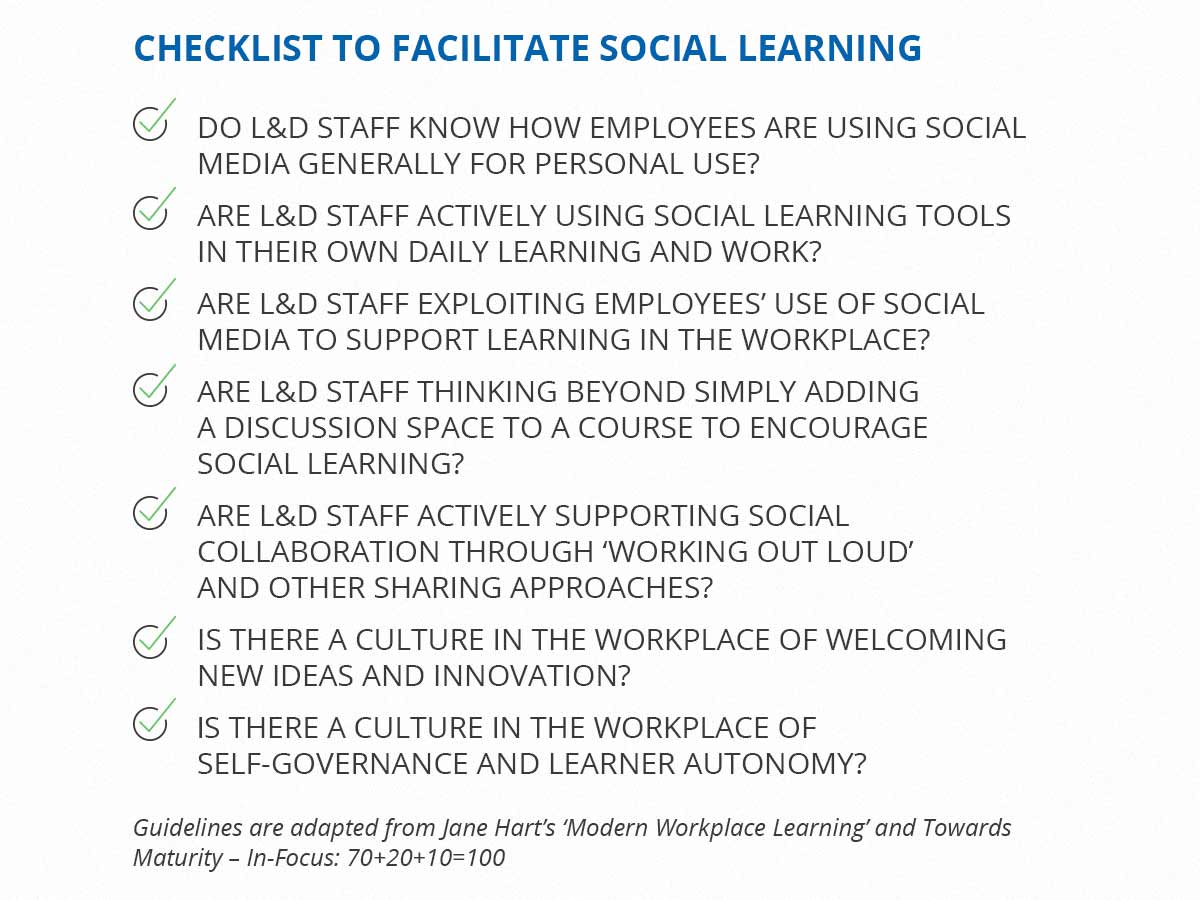
How to harness the power of user-contributed eLearning content: part 2
In our last post, we covered some of the top tips for taking advantage of the knowledge your users already hold. In the second part of this series, we’ll round out the next few tips on how to make the most of the knowledge your best assets – your users – already retain.
1. Develop A Collaborative Repository Of Online Resources
One of the best ways to disperse knowledge quickly among your teams and departments is through a shared or collaborative repository of online resources. Invite online learners to post links to online resources, including eLearning content that they’ve created. Periodically review the online library to remove irrelevant items and ensure all links are active.
Some online learners may need a bit of coaxing to post their materials or aren’t sure where they belong. Thus, you should create a few sample entries and divide the online resource library into categories. This also keeps your online resource repository organized so that online learners can find what they’re looking for quickly.
2. Incorporate Social Learning Opportunities
User-contributed eLearning content comes in many forms. But it doesn’t necessarily have to be a structured assignment or project. For example, use a virtual presentation to explore the topic. As a matter of fact, social learning plays an important role in the process. Impromptu online conversations on social media and lively debates on discussion groups and online forums. These are some of the social learning opportunities that transform cognitions and improve understanding.
While an online resource repository is highly structured, social interactions are spontaneous and informal. To facilitate social learning, create eLearning activities that involve online research and online group collaboration. For instance, problem-solving eLearning exercises that require Subject Matter Experts interviews. Online learners must reach out to industry experts via social media platforms, eLearning blogs, and forums. It can be a touch line to walk, but here’s a brief social checklist to help facilitate social learning.

3. Stress The Importance Of Information Exchange
The key to a successful collaborative learning strategy is total transparency. Online learners need to know why sharing their eLearning content is so essential. They must understand the benefits of exchanging information and experiences with their peers. This usually involves an active online learning community where online learners are empowered to give and receive information. Every opinion and idea is valued and respected, instead of being judged.
An open and communicative culture is the cornerstone of your eLearning strategy. And it all starts with small group environments that build trust and confidence. Invite your online learners to start social media groups where they can discuss their ideas and ask questions. Periodically check in to ensure everything’s running smoothly, and provide prompts when there’s a lull.
Still question the potential of using your users’ content in eLearning? Try Docebo free today to learn how it can happen.
